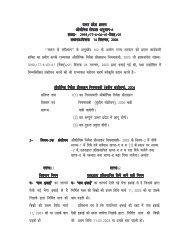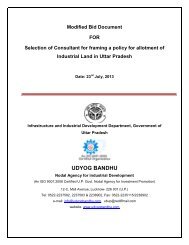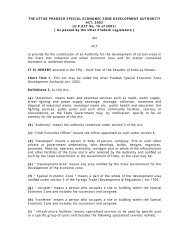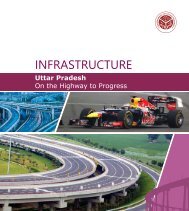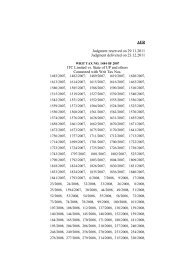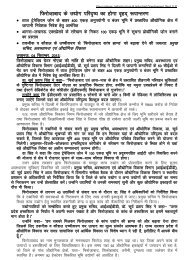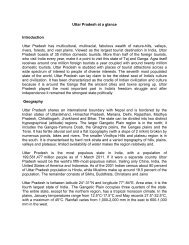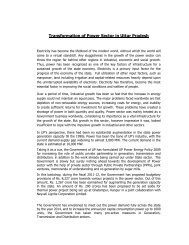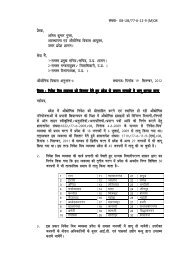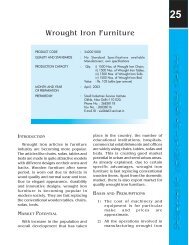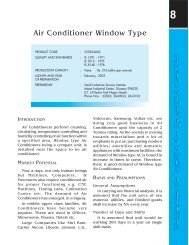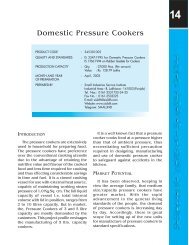PART - III - Udyog Bandhu
PART - III - Udyog Bandhu
PART - III - Udyog Bandhu
You also want an ePaper? Increase the reach of your titles
YUMPU automatically turns print PDFs into web optimized ePapers that Google loves.
For example, the following profit and loss account shows the computation of the Profit BeforeDepreciation, Interest and Tax (PBDIT) of Company X for the first year of businessprojections:Figure 1: Profit and loss account of Company XRs millionRevenueSales receipts 500ExpensesConsumption of material 300Other overheads 50Total expenses 350PBDIT 150Computation of Free Cash Flow to Firm (‘FCF’): Free cash flow (FCF) for a year is derivedby deducting the total of annual tax outflow inclusive of tax shield enjoyed on account of debtservice, incremental amount invested in working capital and capital expenditure from therespective year’s profit before depreciation interest and tax (“PBDIT”) for the explicit period.Therefore, for Company X, the computation of FCF would look like the following:Figure 2: FCF computation for Company XRs millionYear 1 Year 2 Year 3 Year 4 Year 5PBDIT of Company X * 150 200 300 400 500Less: Income tax (assumed) -20 -40 -60 -80 -100Less: Capital expenditure (assumed) -50 -50 -50 -50 -50Less: Incremental working capital (assumed) -25 -50 -75 -100 -125FCF 55 60 115 170 225* Notice that a growth has been assumed in the PBDITWeighted Average Cost of Capital (‘WACC’)The FCF is then discounted at a discount rate, which represents the WACC. The computationof the WACC is set out below:Figure 3: WACC parametersCost of equityRisk Free RateBetaAssumptionYield to maturity on Government of India Securities based on currenttraded value (preferably these should be of a long-term tenor beyond theforecast period i.e. minimum 10 years)For the purpose of analysis, average unlevered beta of listed industrycomparables is computed, which is then levered to the Company’s owntarget debt equity ratioThe levered (equity) Beta of a scrip is a measure of relative risk tomarket, arithmetically computed as covariance of equity and marketreturn divided by variance of market return (over a long historical datarun) followed with certain adjustments140



